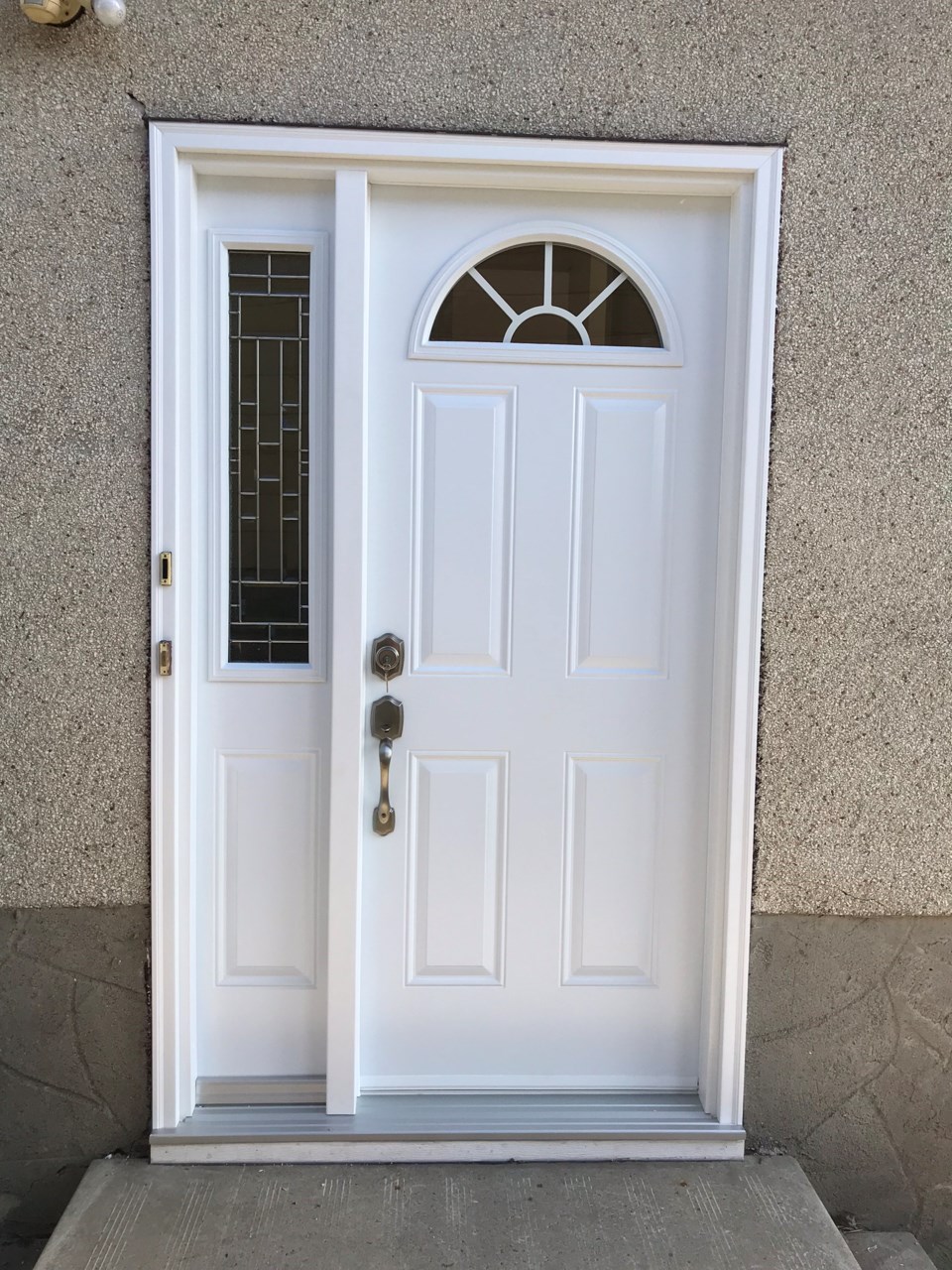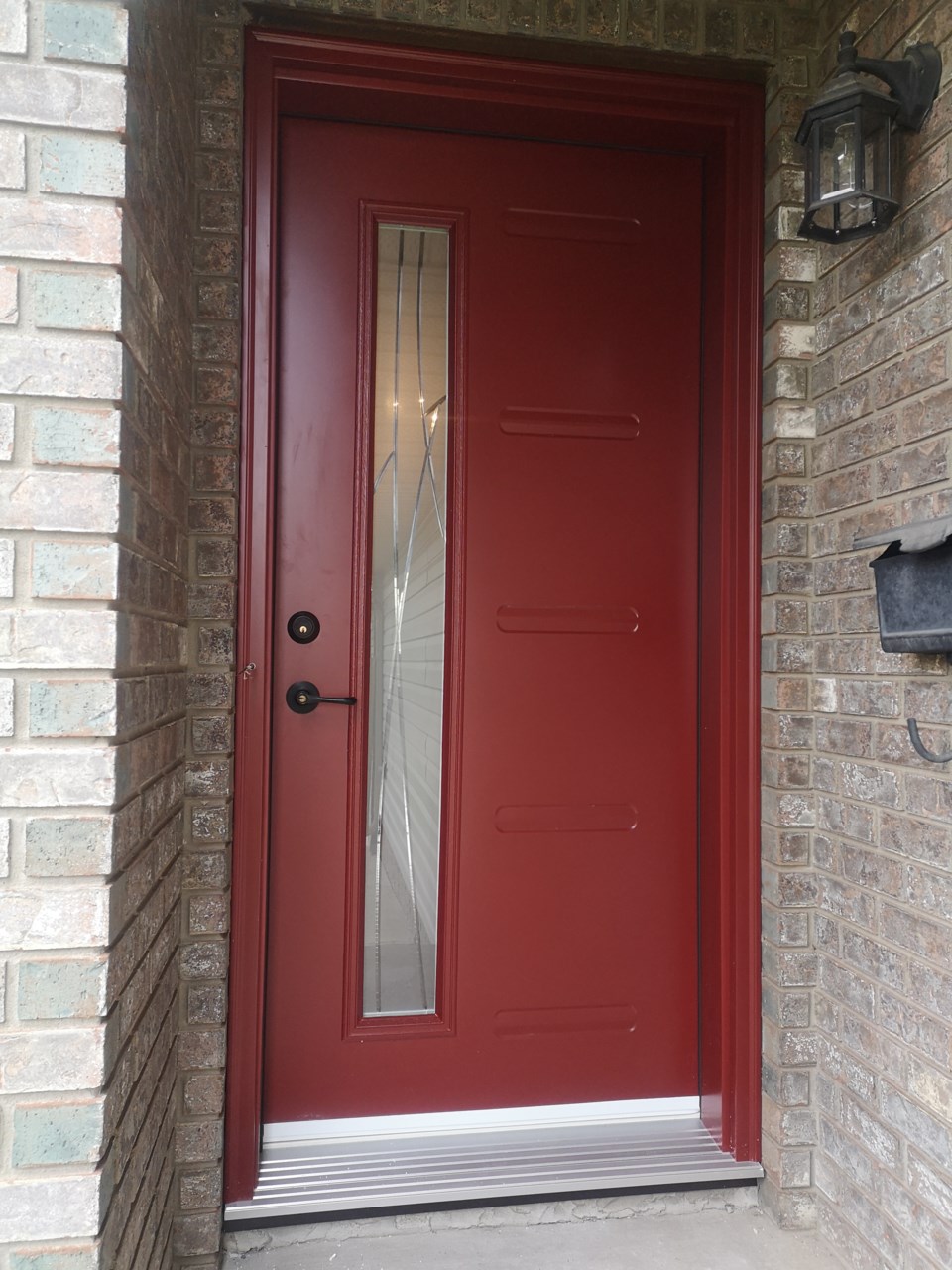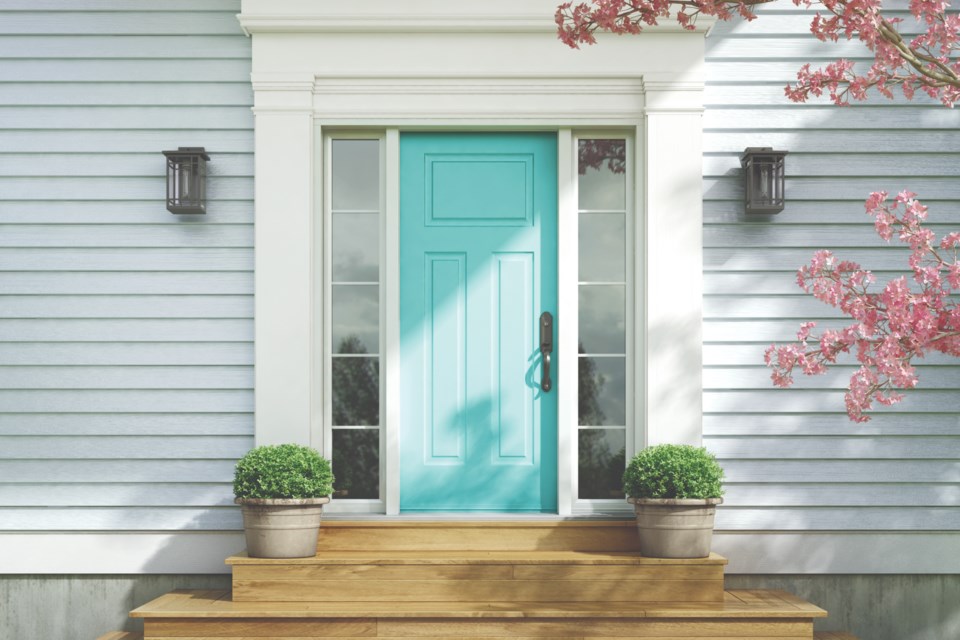With rising energy costs and a growing concern for the environment, homeowners are becoming more conscious about the energy efficiency of their homes.
One often overlooked aspect of home energy efficiency is the entry door. Statistics show that a properly insulated and sealed entry door can significantly reduce heating and cooling costs by up to 10%.
Informed by insights from the experts at Ecoline Windows, we explore how your entry doors choice can impact your home's energy efficiency, discuss the latest energy-saving technologies in door manufacturing, and provide tips for how you can select the right energy-efficient door for your home.

What affects your entry doors' energy efficiency?
Frame material
Different materials have different insulating properties, affecting the energy efficiency of your Canadian exterior doors.
- Wood is a natural insulator but can warp and rot over time, compromising energy efficiency.
- Fibreglass and steel doors, on the other hand, are more durable and often feature a foam core for added insulation.
- Glass entry doors are stylish, but glass inserts might cause a drop in energy efficiency.
Slab vs. Pre-hung doors
When it comes to door construction, there are two primary options: slab doors and pre-hung doors.
A slab door is simply the door itself, without a frame or hardware, while a pre-hung door includes the door, frame, and hardware, all pre-assembled. Pre-hung doors generally provide better energy efficiency because they come with a tight seal and are designed to fit the frame precisely.
Weatherstripping and sealing
Proper sealing is crucial to maintaining the energy efficiency of your entry door.
Weatherstripping is a material that seals gaps between the door and the door frame, preventing drafts and helping to regulate indoor temperatures. Various types of weatherstripping are available, such as adhesive-backed foam tape, door sweeps, and V-strip. According to recent data, weatherstripping can reduce air leakage by up to 50% and save up to 20% on heating and cooling costs.
Energy-saving technologies in door manufacturing
Modern door designs incorporate features that enhance energy efficiency. For instance, thermal breaks and insulation layers can be integrated into the door's structure, reducing heat transfer and improving insulation.
Another design concept gaining popularity is passive solar design, which utilizes specific door materials, colours, and glazing to capture and store solar energy, reducing heating and cooling loads.
Smart door features
Smart technology is entering the entry doors market, offering innovative solutions for improved energy efficiency. Integrated smart thermostats can monitor and adjust indoor temperatures based on occupancy and outdoor conditions. At the same time, automated air sealing systems can detect and seal air leaks in real-time, further reducing energy waste.

4 Tips for Selecting Energy-Efficient Exterior Doors
When buying and installing a new replacement door, homeowners must ensure the product is energy efficient and high-quality. Here’s what to look for:
Energy Star-rated doors
Energy Star is a government program certifying products based on energy efficiency. When shopping for an entry door, look for the Energy Star label, which signifies that the door meets or exceeds strict energy efficiency guidelines set by the industry.
Consider your local climate and its specific requirements
The climate in your area plays a significant role in determining the best entry doors for your home. For example, in ON, you may opt for a higher insulation value, triple-glazing and fibreglass, offering maximum energy efficiency.
At the same time, a door with better solar heat resistance may be more suitable in warmer climates. Take the time to research and understand the specific energy efficiency requirements for your region.
Choose a reliable door company for your project
Even the most energy-efficient door will not perform well if installed poorly. To ensure optimal energy savings, consult with your local reliable door installers in Ottawa, who can help you select the right product and make it perform to its maximum.
Regular maintenance equals optimal performance
Maintaining your exterior door is essential for preserving its energy efficiency. Regularly check and replace weatherstripping as needed, ensure door hardware is functioning correctly, and keep the door surface clean and well-maintained to prevent air leaks and other issues that can compromise energy efficiency.
Other approaches to improve home energy efficiency
While your entry door plays a vital role in your home's overall energy efficiency, there are other steps you can take to further reduce energy waste and lower your utility bills:
- Insulating walls and windows: Proper insulation and high-quality, energy-efficient windows can significantly reduce heat loss and gain, improving your home's overall energy efficiency;
- Using energy-efficient appliances: Upgrading to Energy Star-rated appliances can lower energy consumption and help save on utility bills;
- Implementing smart home technologies: Smart thermostats, lighting controls, and energy management systems can help you monitor and optimize your home's energy use for maximum savings.
The impact of entry doors on home energy efficiency is significant and should not be overlooked when designing or renovating your space. By selecting the right materials, technologies and specialists, you can significantly improve your home's energy efficiency, reduce your environmental footprint, and save on energy costs.
If you’re planning for an entry door replacement, visit Ecoline Windows & Doors Ottawa or call 613-801-8677.
Their door experts will be happy to consult you on the right model, help to claim maximum government rebates and ensure hassle-free installation.
